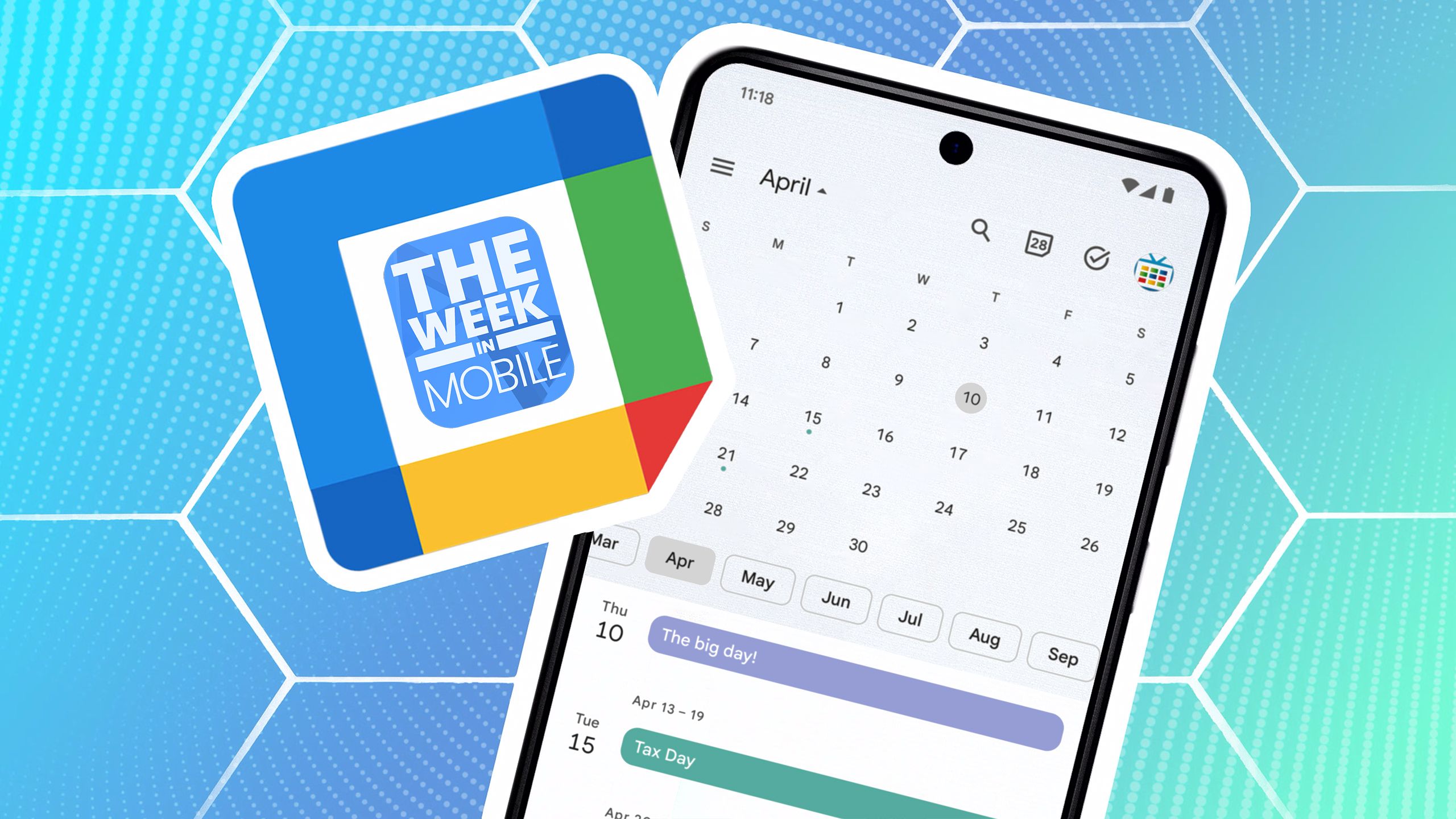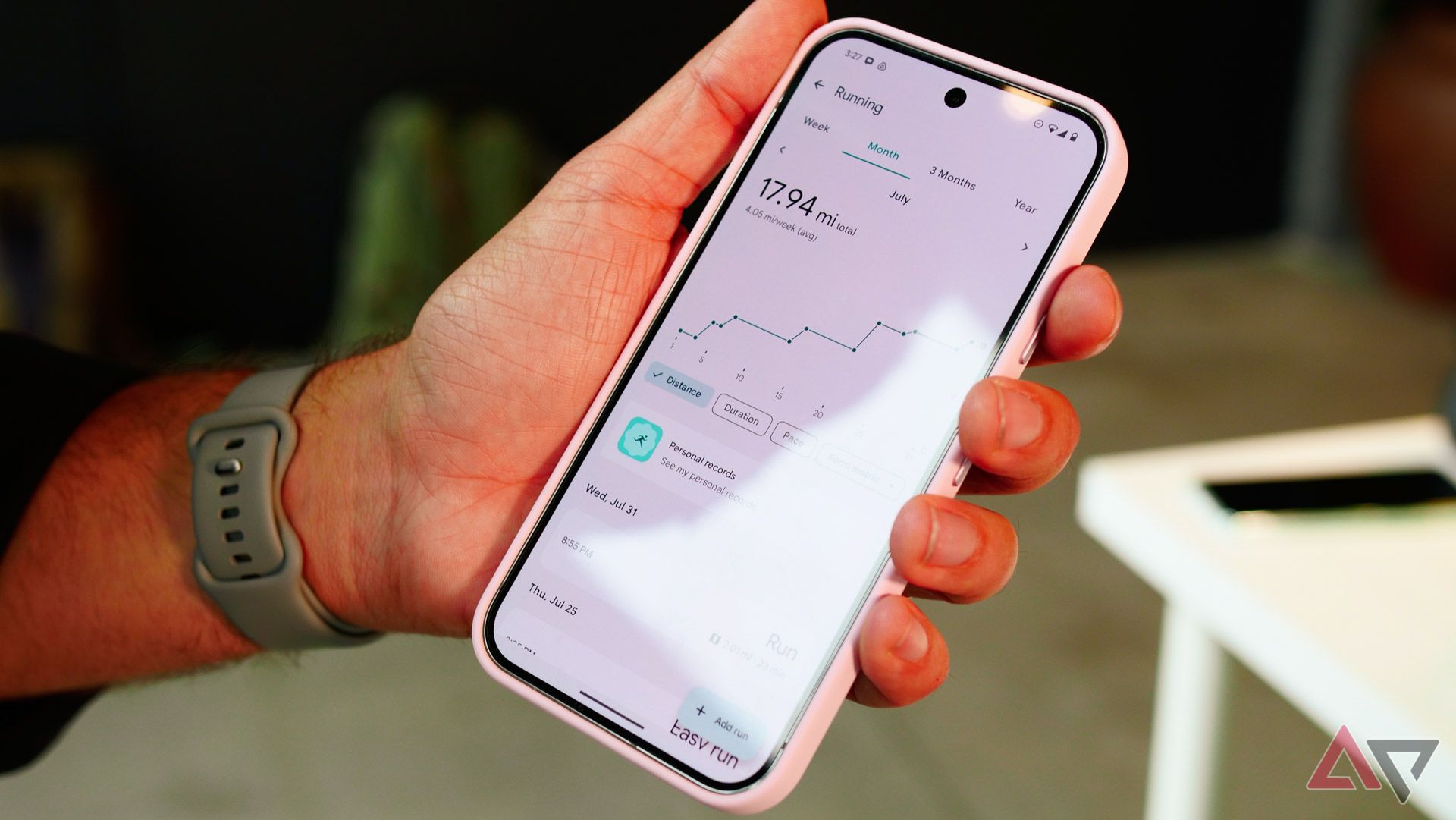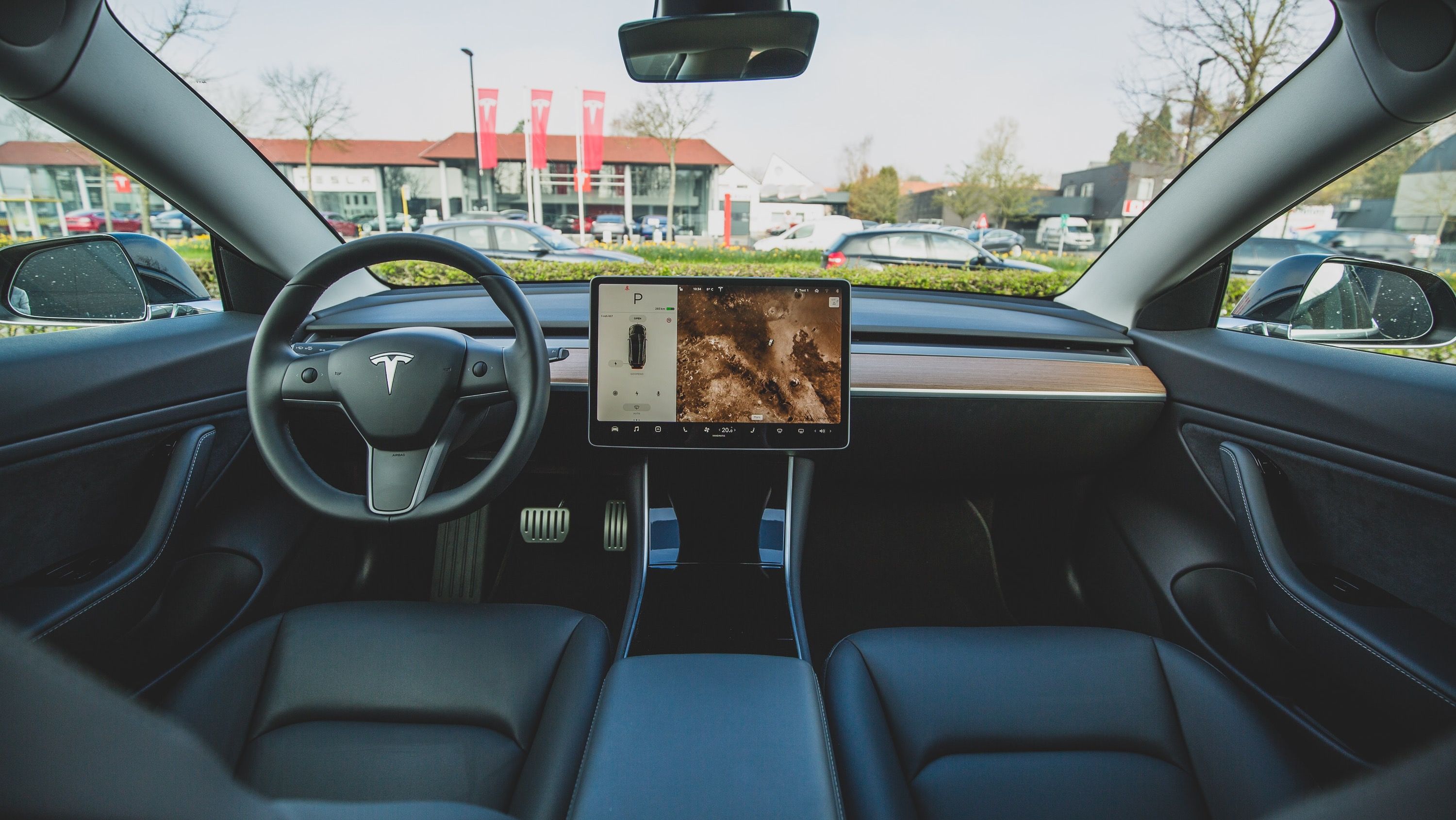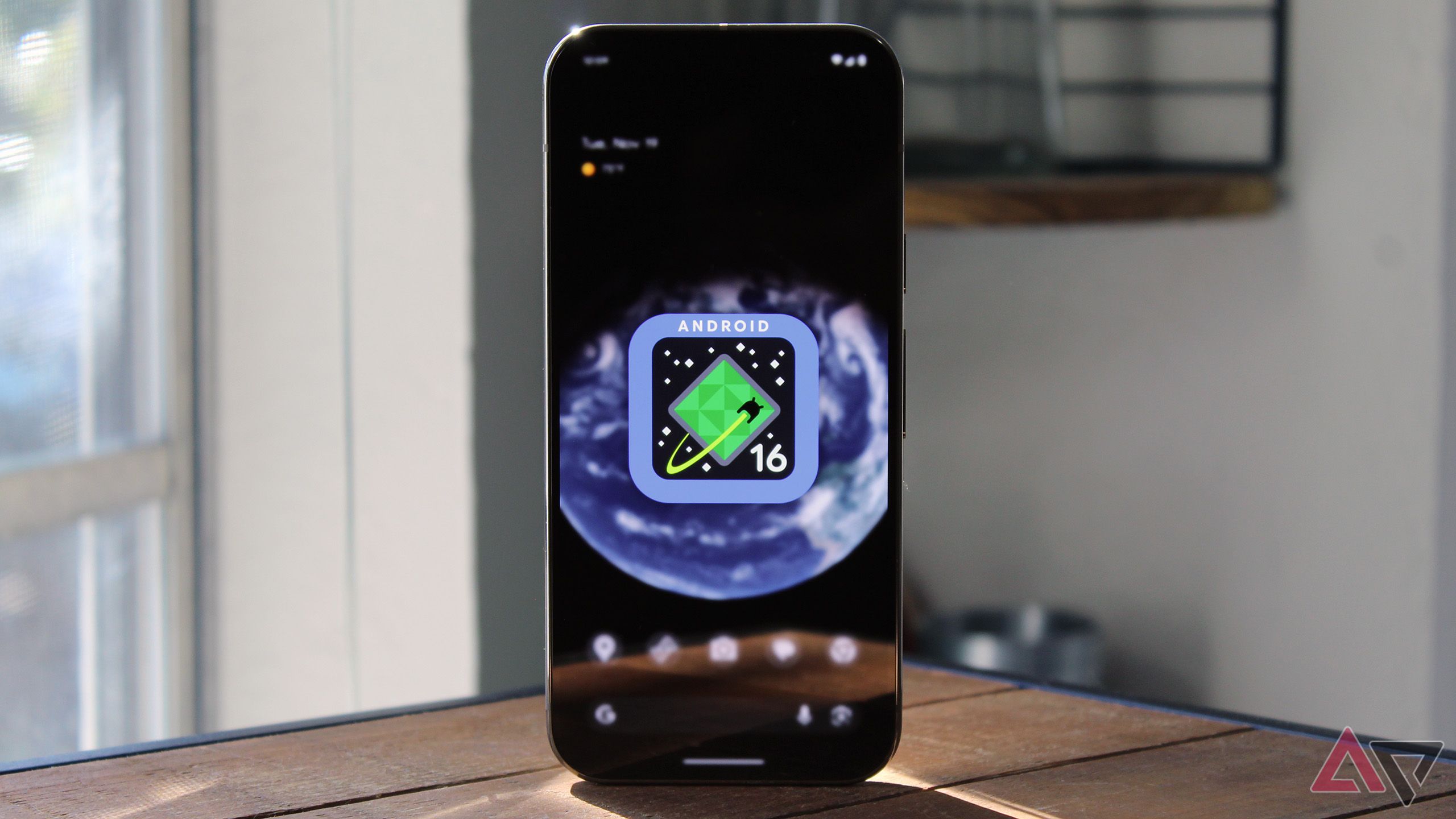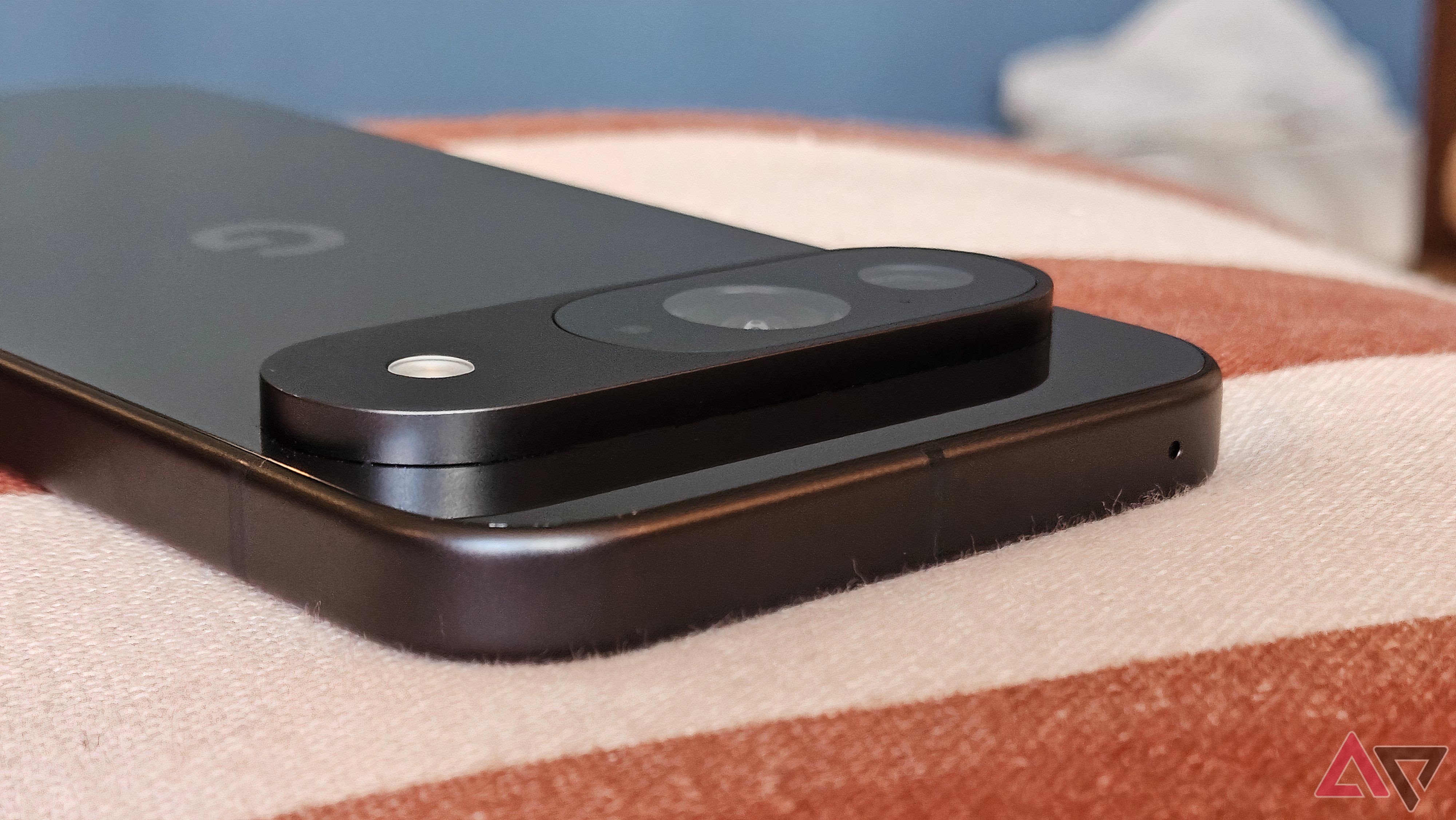It feels like 2025 has just started, but, alas, we’re already one-third of the way through. We’ve seen some significant developments in the tech world in the first quarter, and April has kicked off with the same energy. With Google unleashing Android 16 Beta 3.2 earlier this week, paired with upcoming OS-level changes to enhance device security, we’re undoubtedly inching closer to the eventual release of Google’s next major Android OS update.
Early whispers about Google’s Pixel 10 series are ramping up, with the new devices looking like an iterative upgrade over their predecessors. The long-awaited S25 Edge, on the other hand, seems to be facing a delay, and it is no longer expected to be revealed during the previously-rumored April launch window — all that, and more, in this week’s top tech stories.
Google will intentionally reduce the Pixel 9a’s battery capacity, but it’s all good
We know that the Google Pixel 9a‘s reported early “component quality issues” have forced Google’s hand, with the handset, which was originally slated to be launched on March 26, now coming on April 10 (the same day as stable One UI 7’s US rollout).
The fact that the device hasn’t made its way to customers just yet hasn’t stopped users from digging through online resources about the Pixel 9a, with a newly-updated support post highlighting the tech giant’s proactive approach to battery longevity with the upcoming Pixel 9a.
Related
Google will gradually reduce Pixel 9a battery capacity on purpose as it ages
This feature is coming to older Pixels too
The mid-ranger will offer what Google calls “Battery health assistance,” a software-sided adjustment that will intentionally tweak your Pixel battery’s maximum voltage and its capacity over time in a bid to stave off battery degradation. This isn’t a bug — it’s an actual feature that will first kick-in after the first 200 charge cycles, and “continue gradually” until 1,000 charge cycles.
Battery health assistance will subsequently make its way to other Pixel models, with usage being optional for people on already-released devices.
Gemini is porting Advanced features to all at a breakneck pace
Google unleashed Gemini 2.5 Pro Experimental, the tech giant’s “most intelligent AI model,” last week. Normally, new Pro-tier Gemini models are paywalled behind an Advanced subscription for an extended period of time, often for a few weeks, but to kick off Q2, 2025, Google seems to be feeling extra generous.
Less than a week after launching the new Pro-tier model, Google has rolled out 2.5 Pro Experimental to all Gemini users, bringing widespread availability for enhanced long-context and visual reasoning, science and math-related queries, code-editing, and more.
The development is a huge win for free-tier users, and we’re hoping that subsequent models and even Advanced-limited features follow the expedited timeline. On the flip side, though, bringing paywalled features to free-tier users so swiftly does have the potential to ruffle some feathers among Advanced users, who still retain some exclusive features like a longer context window and no rate limits.
Your Fitbit data has until 2026 to find a new Google home
Related
Google gives Fitbit account holders another year to make the switch
Migration deadline extended to 2026
If you’re a Fitbit user who’s been putting off switching from a Fitbit account to a Google one, you get to procrastinate a little longer.
For reference, roughly a year after acquiring Fitbit in 2021, Google announced that OG Fitbit users would have until early 2025 to transition to a Google account or risk losing functionality. Continuing with its Q2 ‘generosity,’ the tech giant has extended the transition deadline to 2026 — February 2, 2026, to be precise.
If you do not move to a Google Account by the deadline, you will not be able to continue using the Fitbit service. Your historical data will not be retained beyond February 2, 2026 (except as needed to comply with laws), and your account and data will be deleted.
The Tesla Android app now has answers for those mysterious parking lot dents
iOS users have long had the flexibility and convenience of using the Tesla app to remotely view dashcam recordings, and, at long last, Android users gained the same functionality earlier this week.
Android users with Tesla app version 4.43.5 can now access footage captured by their Tesla when it is in Sentry Mode, available within the app’s Security & Drivers section under ‘Dashcam Viewer.’
ChatGPT’s viral image generator is now available for free
Google’s Gemini isn’t the only AI tool getting rid of certain paywalls; OpenAI’s ChatGPT is doing the same. In similar vein to the new Gemini model, ChatGPT rolled out its built-in image generator (powered by GPT-4o) last week, and it quickly went viral. The Japanese Ghibli art-style images you might have seen floating around on social media can be credited to the image generator.
Initially limited to paid ChatGPT subscribers, it only took OpenAI a week to roll out the native image generator to all ChatGPT users. It’s worth noting though that free users are currently limited to two (to three) image generations per day, with rate limits currently in place because of high demand.
Android 16 keeps inching closer to release
Related
Android 16 Beta 3.2 arrives to fix your Pixel’s haptic feedback woes
Another minor bug-fixing beta release
Google’s expedited OS-release timeline has resulted in Android 16 reaching Platform Stability in the month of March. We got the third Android 16 beta earlier this month, with a minor Beta 3.1 landing soon after. Earlier this week, Google began rolling out a subsequent Beta 3.2 update, bringing relief to users on the beta channel that are being plagued with inconsistent haptic feedback, camera screen flickering (for Pixel 6 and 6 Pro users), and excessive idle battery drain.
Looking beyond immediate bug fixes, it looks like Google wants to bolster your Android device’s security with an upcoming “inactivity reboot” feature. Hints found within a new Google Play Services build suggest that the new feature would be a part of Android 16’s Advanced Protection Program, and it would trigger a device restart “if it remains locked for 3 days.”
Related
This upcoming Android 16 feature might be a thief’s worst nightmare
A new Android security feature is on the way
In the case of a stolen device, spoofing biometrics, although difficult, is a real possibility. However, if the stolen device automatically reboots, the thief would then have to put it a user’s PIN, passcode, or pattern to regain access.
The Galaxy Tab S10 FE and FE+ are here, but the wait for the S25 Edge just got longer
Samsung’s Galaxy Tab S10 series came out in September last year. Half a year later, the series’ pocket-friendly counterparts are now starting to shine — literally. Set to hit store shelves on April 10 (the same day as the Pixel 9a and One UI 7’s stable US rollout), the Galaxy Tab S10 FE fills the compact tablet void created by the absence of a base S10 model, coming in at 10.9-inches, while the Tab S10 FE+ come in at 13.1-inches, sitting between the Tab S10+ and S10 Ultra when it comes to display size.
With 600 and 800 nits brightness, respectively, the two models should be able to hold their own outdoors, but don’t expect them to pop like their flagship counterparts’ OLED displays.
-
Samsung Galaxy Tab S10 FE Samsung Galaxy Tab S10 FE+ SoC Exynos 1580 Exynos 1580 Display type LCD, 90Hz LCD, 90Hz Display dimensions 10.9″ 13.1″ RAM 8GB/12GB 8GB/12GB Storage 128GB/256GB 128GB/256GB Battery 8,000mAh 10,090mAh Charging speed 45W 45W Charge options Wired Wired Ports USB-C USB-C SIM support Dual SIM (1 physical, 1 eSIM) Dual SIM (1 physical, 1 eSIM) Operating System Android 15 Android 15 Front Camera 12MP 12MP Rear Camera 13MP 13MP Cellular connectivity 5G 5G Wi-Fi connectivity Wi-Fi 6 Wi-Fi 6 Bluetooth Bluetooth 5.3 Bluetooth 5.3 Weight 499g 635g IP rating IP68 IP68 Colors Blue, silver, gray Blue, silver, gray Stylus Yes, bundled Yes, bundled Price $500 $650
Flanking the good news is a not-so-favorable development. Samsung’s Unpacked-teased Galaxy S25 Edge, which was expected to be unveiled in April, seems to have been delayed.
Reports suggest that the delay could be related to “fine-tuning” the device due to “technical reasons” or issues, with the Galaxy S25 Edge now expected to be unveiled in May — May 13, to be specific, according to credible leaker Max Jambor. It is currently unclear whether the device will start shipping and/or start landing on store shelves within the month.
From what we already know, the upcoming device will feature a 6.7-inch display, all while being 5.84mm thin and weighing in at 162g (the same as the base S25). The device is rumored to start at €1,249 for the 256GB model. Although US pricing remains uncertain, direct currency conversion as per today’s rates suggests that the device could cost roughly $1,300.
Base Pixel 10: One step forward, two steps back
Related
Google’s Pixel 10 cameras are a mixed bag of upgrades, downgrades, and stagnation
Pro stays put, while the base model takes a gamble
While we’re on the topic of upcoming devices, the Pixel 10 series was in the news earlier this week, and while we’re excited to learn more about the successor to the well-received Pixel 9, things aren’t looking too good for the upcoming series… at least in the camera department.
Highlighted by credible leaker Kamila Wojciechowska after obtaining information from an internal Google source, the tech giant’s Pixel 10 Pro and Pixel 10 Pro XL will feature no camera changes, with software-side tweaks likely to drive image quality improvements, if any.
The Pixel 10 Pro Fold is faring along similarly, with the leak suggesting only a main sensor swap from the Sony IMX787 to the Samsung GN8.
The base Pixel 10, on the other hand, is the only device tipped to receive major hardware changes, and it’s a mixed bag of upgrades and downgrades. The upcoming device will be the first base Pixel to offer a telephoto lens, but at a cost. Google will reportedly downgrade the device’s main and ultrawide cameras to offset the extra cost and the lack of space brought on by the telephoto. The base device is expected to utilize the same sensors found in the current Pixel 9a — a 50MP Samsung GN8 main sensor and a 13MP Sony IMX712 ultrawide one.
Notably, these sensors are smaller than the ones on the base Pixel 9. This means that unlike the Pixel 10 Pro, which will continue to offer a consistent experience, the base Pixel 10’s camera performance, especially in low-light environments, might actually be worse than the base Pixel 9.
Nothing can’t fool us because nothing can fool us
Nothing screams playful absurdity like April Fools’ Day — the one day of the year when tech companies get to announce or unveil the most outlandish tech, sometimes as pranks and other times as actually limited-edition products that enthusiasts can buy.
This year, London-based Nothing got us tangled with its faux 3.5mm earbuds which feature a 50meter wire. Who doesn’t want to listen to music with their phone placed across an Olympic-sized swimming pool — this is just what the doctor ordered. But alas, our dreams of tethered listening from afar will have to remain just a dream for now. Nothing has no intentions of selling the quaint product, especially since none of its products (not even the CMF Phone 1) feature a 3.5mm headphone jack.
It’s your lucky day if you’re actually looking to buy an April Fools’ launch
Related
Dbrand’s April Fools’ gag is actually buyable and lets you touch grass anytime
Feel outdoorsy indoors
Every day is April 1 for Dbrand — just take a peek at the brand’s X (Twitter). The case-maker’s April Fools’ Day gag is a new line of “Touch Grass” skins and grips. Covered in artifical turf grass, the new additions start at a premium price of $19.95, and go all the way up to $70.
If you’ve ever wanted to touch grass without actually going outside, you should be able to order the skins and grips for your phones, handheld gaming devices, consoles, tablets, laptops, and earbuds.


